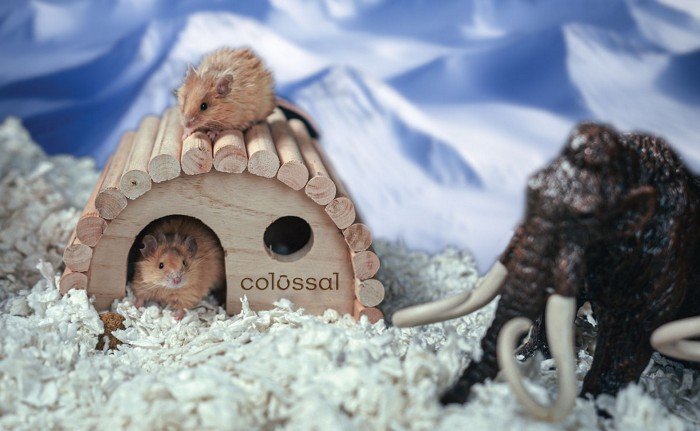On March 4, 2025, Colossal Biosciences, a leading biotech firm at the forefront of genetic engineering and de-extinction, announced the successful creation of a “woolly mouse”, a genetically modified organism designed to carry traits from the extinct woolly mammoth. This breakthrough, achieved through the integration of eight mammoth-related genes, represents a significant step forward in the field of genome engineering and the ambitious goal of de-extincting ancient species.
The modified woolly mouse exhibits several traits that are characteristic of cold-adapted animals, a key feature of the woolly mammoth, which once roamed the Arctic regions during the Pleistocene Epoch. These traits include thicker fur and increased levels of cold-resistant proteins, which allow the mouse to thrive in colder environments. The creature is the result of years of research aimed at studying the genetic markers responsible for the mammoth’s ability to survive in freezing temperatures.
Colossal’s innovation is part of a larger effort to use genome editing technologies, such as CRISPR, to create living organisms with traits of extinct species. By modifying the genes of a common mouse, Colossal Biosciences aims to test the feasibility of transferring woolly mammoth DNA into other species, eventually working towards resurrecting the mammoth itself. The woolly mouse serves as a critical model organism, providing a platform for further validation of genome engineering targets before advancing to larger and more complex projects, including the revival of the woolly mammoth or similar species.
This achievement also contributes to broader discussions about de-extinction—the process of resurrecting extinct species through advanced genetic techniques—and its potential applications, including restoring lost ecosystems and combating climate change. However, ethical questions around de-extinction, especially with regard to ecological balance and animal welfare, continue to be raised by critics of the technology.
Colossal’s work in this groundbreaking field has garnered international attention, with many eagerly awaiting further advancements in genetic engineering that may one day lead to the return of the woolly mammoth and other extinct species.


















Walker
Best
hossman
ok
Happy
Its good
KHANDY
Nice one
Marena25
Good
Suhuyini
Okay